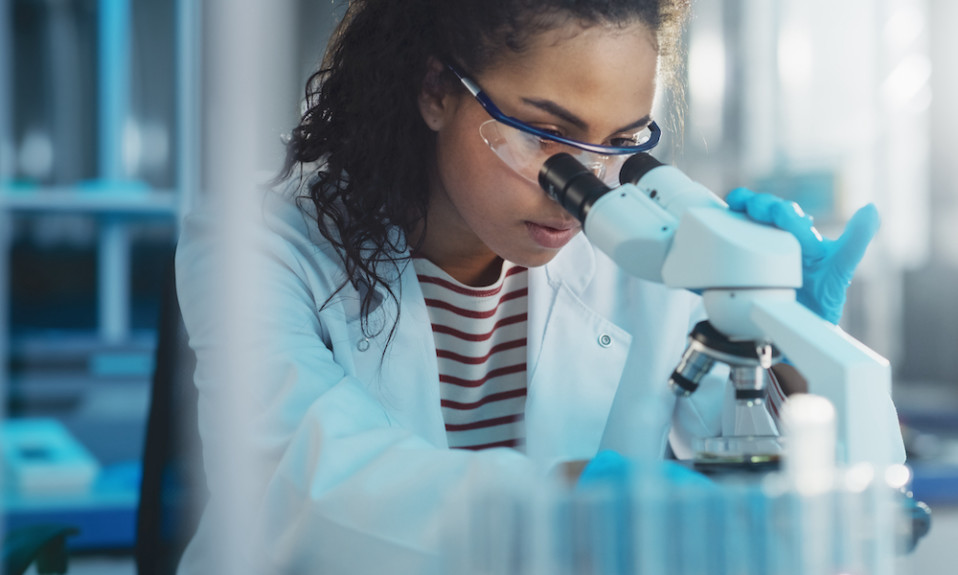Plus: Real-world benefits of harm reduction in hospitals, and new warnings about a dangerous and addictive supplement
By Mark Mravic
Psychedelics have been enjoying a rebirth in recent years, as researchers explore their treatment potential and recreational users turn on in numbers rivaling the ’60s. In this context, “microdosing” —the practice of regularly taking about 1/10th the standard dose—has become popular for supposedly sharpening the mind and improving mood. A new study from the University of Chicago put those claims to the test, and proponents of microdosing might not be happy with the findings.
We also look at research on the benefits of harm reduction resources in hospitals and growing concerns about the unapproved supplement tianeptine.
From Addiction Biology:
Study Casts Doubt on Microdosing’s Effects
“Microdosing” of LSD has gained traction in some settings, with users pursuing its purported abilities to focus the mind and the senses without the larger dose’s hallucinogenic effects. But the alleged benefits have been mostly subjective and anecdotal, and new research may burst microdosing’s bubble, if just a bit.
“There are a lot of companies getting into the drug business, either with psychedelic drugs, or drugs like cannabidiol. … I think we have a responsibility to investigate and validate the claims.”
—Harriet de Wit, University of Chicago
In a double-blind study at the University of Chicago, three groups were given low doses of LSD (13 micrograms or 26 micrograms) or a placebo over four sessions, spaced three to four days apart. Both during the sessions and in a drug-free follow-up, participants completed cognitive and emotional tasks. The results: While some who took the higher dose reported a modest high during the sessions, the researchers found that the drug in either dosage did not improve mood or cognitive function during the sessions or afterward.
“Because so many people claim to have experienced benefits from microdosing, we expected to document some kind of beneficial effect under laboratory conditions,” lead author Harriet de Wit, PhD, said. “We can’t say necessarily that microdosing doesn’t work. All we can say is that, under these controlled circumstances, with this kind of participant, these doses, and these intervals, we didn’t see a robust effect.” She surmised that the effects reported in non-clinical settings may be influenced by users’ own expectations.
Further studies are needed, de Wit said, especially as the potential market for psychedelics expands. “There are a lot of companies getting into the drug business, either with psychedelic drugs, or drugs like cannabidiol. And really there’s not very much empirical support to back up their claims. So, I think we have a responsibility to investigate and validate the claims.”
From Harm Reduction Journal:
Making the Case for Harm Reduction in Hospitals
Hospitals are often the front line in dealing with substance use, but many simply aren’t equipped to provide harm reduction (HR) care beyond supplying naloxone, the overdose-reversal medication. To look at ways in which hospitals might better integrate harm reduction into patient care, researchers from the University of California San Francisco, in conjunction with the Addiction Care Team at San Francisco General, implemented a yearlong harm reduction program at the hospital, providing education and equipment to staff and patients.
The researchers initially found a lack of awareness among patients, staff and clinicians about factors related to harm reduction—such as infection risks associated with smoking and inhaling substances and reusing of equipment, and effective harm reduction responses to stimulant misuse. The study also noted significant stigma around harm reduction, with staff expressing discomfort at providing supplies, concerns about the legality of HR measures and worries that such measures would lead to increased substance use. As staff and patients became better informed and the program proceeded, that stigma abated.
Overall the program provided 195 harm reduction kits to patients, with equipment and educational materials tailored to specific substances and routes of use. Patients, the study noted, “expressed relief about discussing substance use and their needs and goals without judgment during hospitalization.” The authors wrote, “This intervention allowed us to advance evidence-based care for people with SUD [substance use disorder], better educate and engage patients, staff, and clinicians, and reduce stigma.” They note that their program could serve as a model for how U.S. hospitals incorporate harm reduction measures into their SUD treatment.
From the FDA:
The Dangers of Tianeptine
Noting a dramatic increase in poison control cases related to its use, the U.S. Food and Drug Administration (FDA) issued a new warning about tianeptine, an unapproved drug sold online and at convenience stores and gas stations as a “natural” supplement, sometimes under the name Tianaa or Tianna. The FDA said claims that tianeptine can improve cognitive function and treat depression, anxiety, pain, opioid use disorder (OUD) and other conditions are “dangerous and unproven,” and people who take it assuming it will treat OUD may find themselves addicted to the new drug.
The FDA noted that poison control cases involving tianeptine have risen nationwide from a total of 11 between 2000 and 2013 to 151 in 2020 alone. Tianeptine is not approved for medical use in the U.S., and in countries where it does have approval to treat depression and anxiety, prescriptions are restricted and labels carry warnings of possible addiction. The agency says harmful effects of the drug include “agitation, drowsiness, confusion, sweating, rapid heartbeat, high blood pressure, nausea, vomiting, slowed or stopped breathing, coma and death.”
Top photo: Goashape













